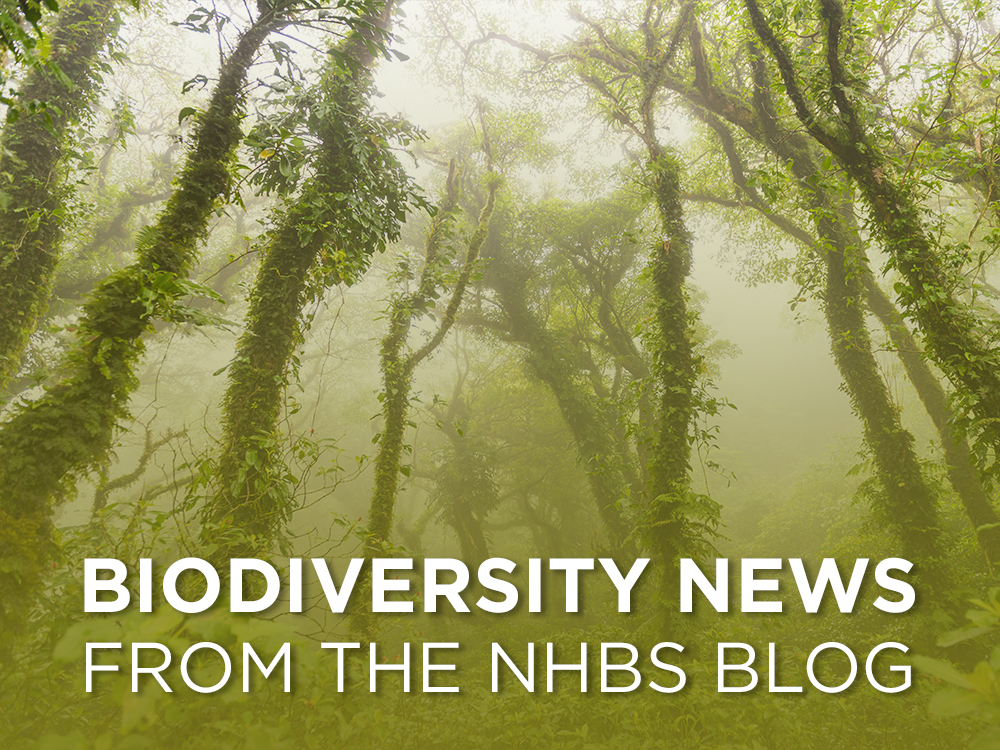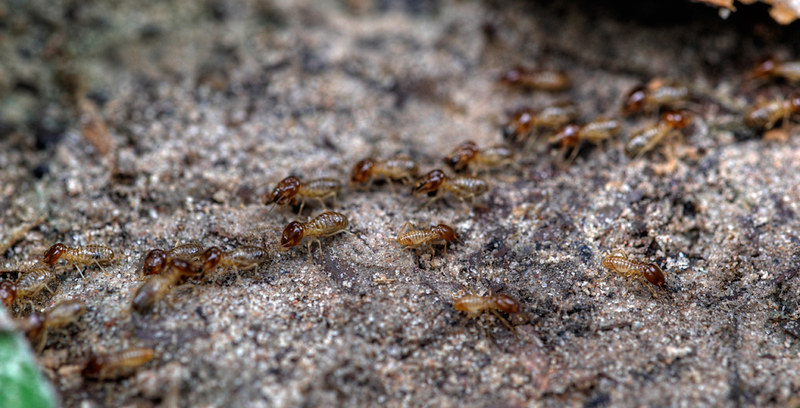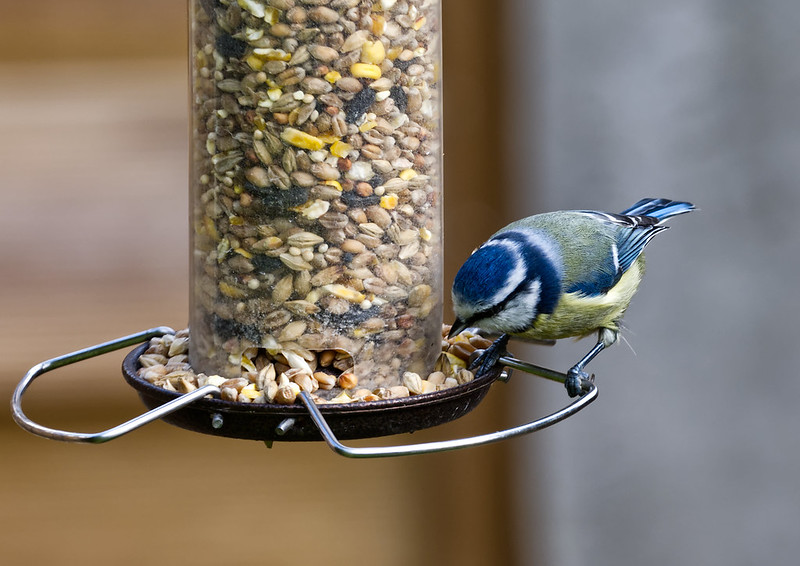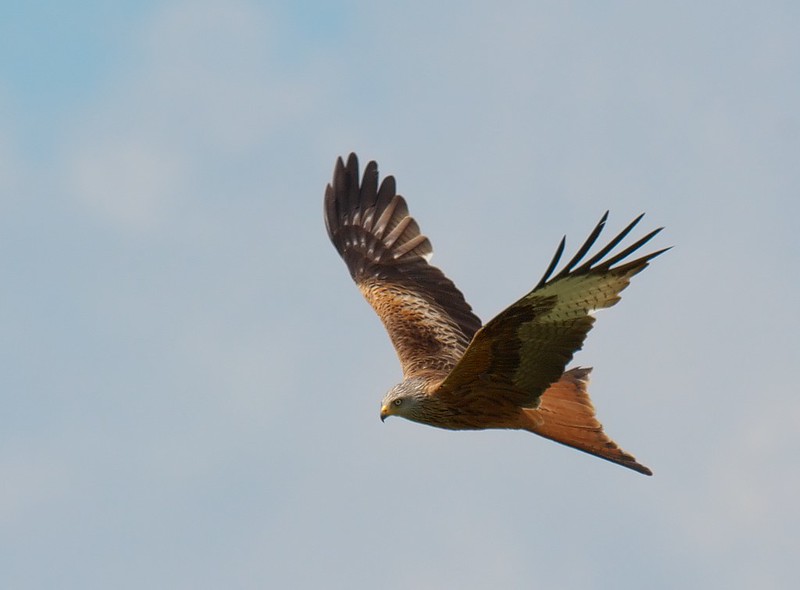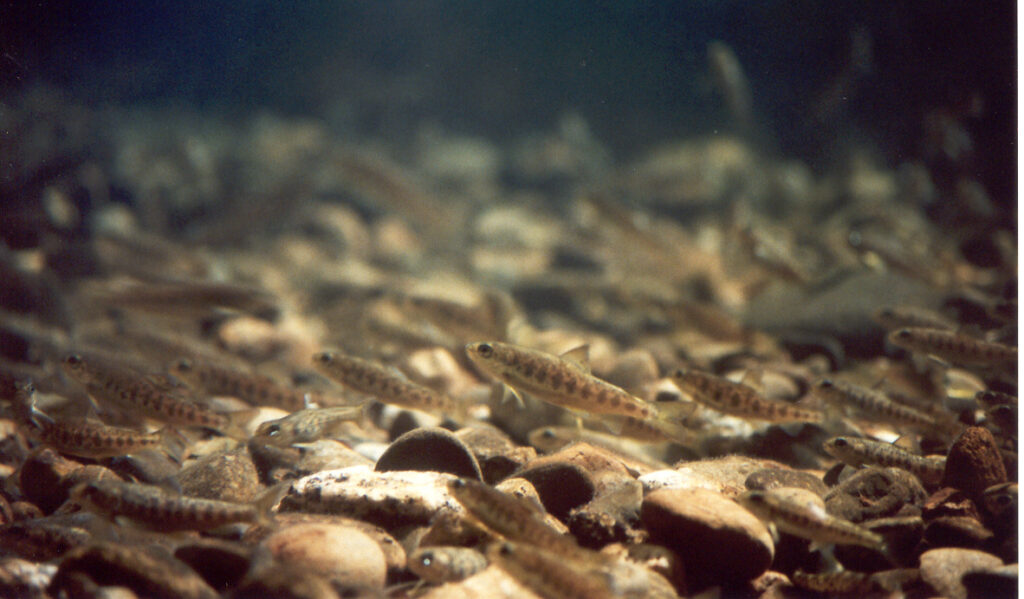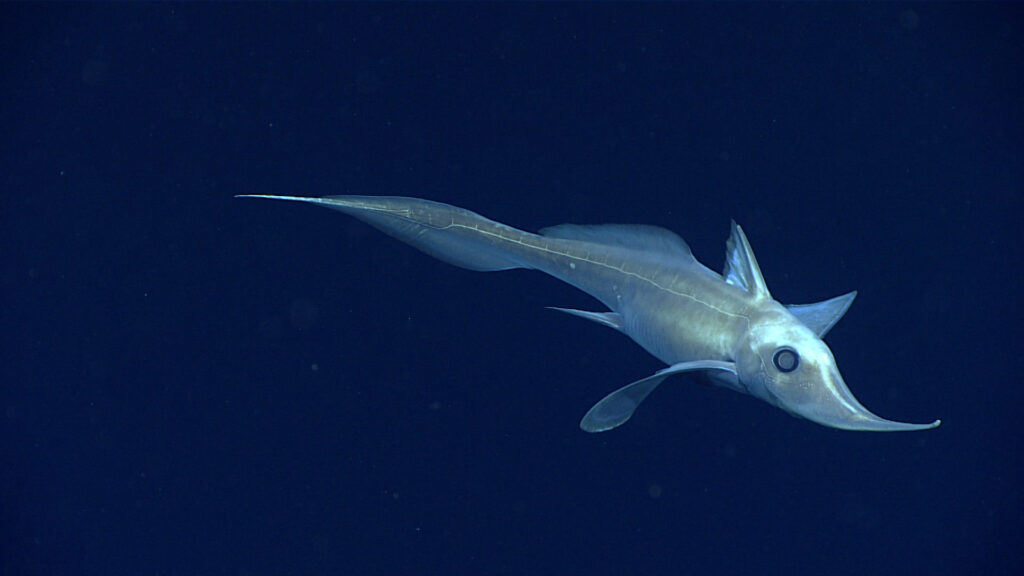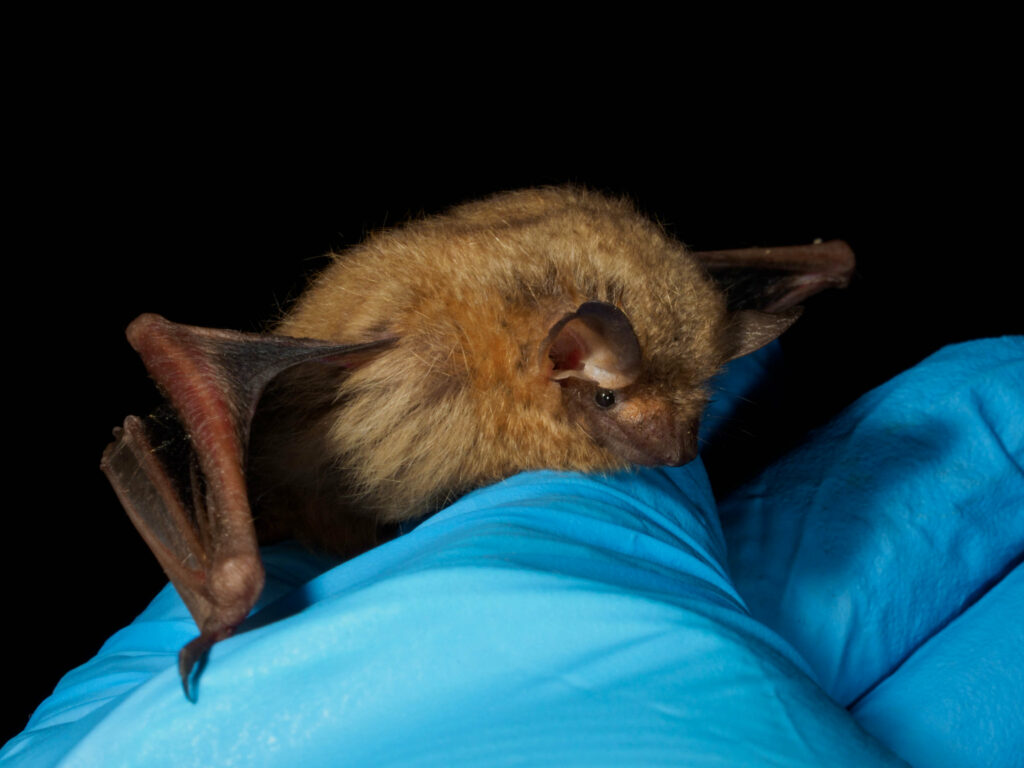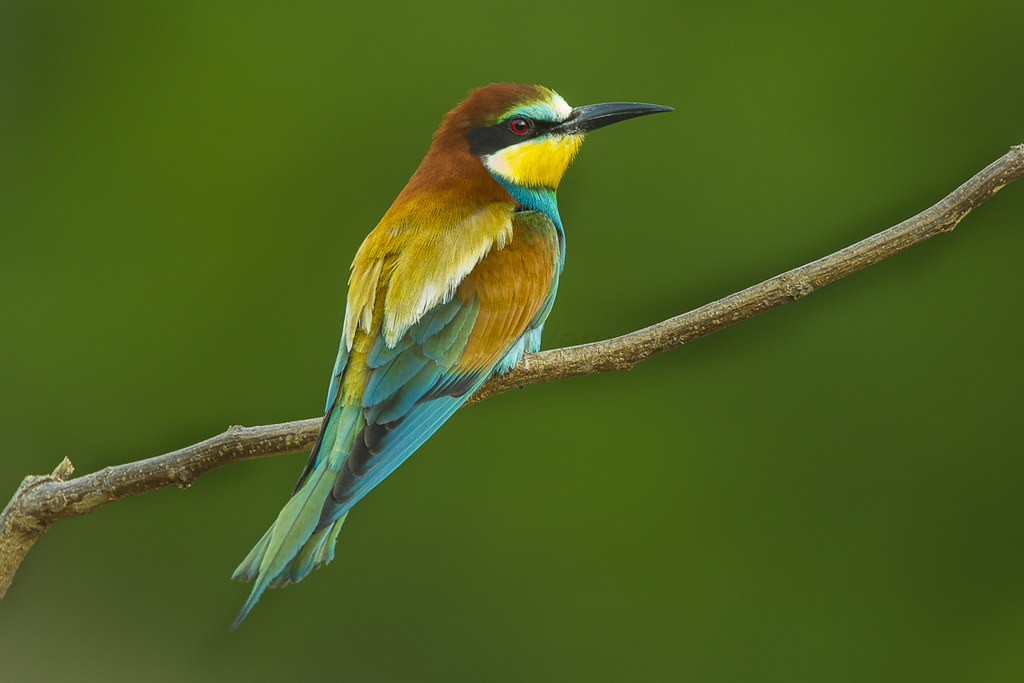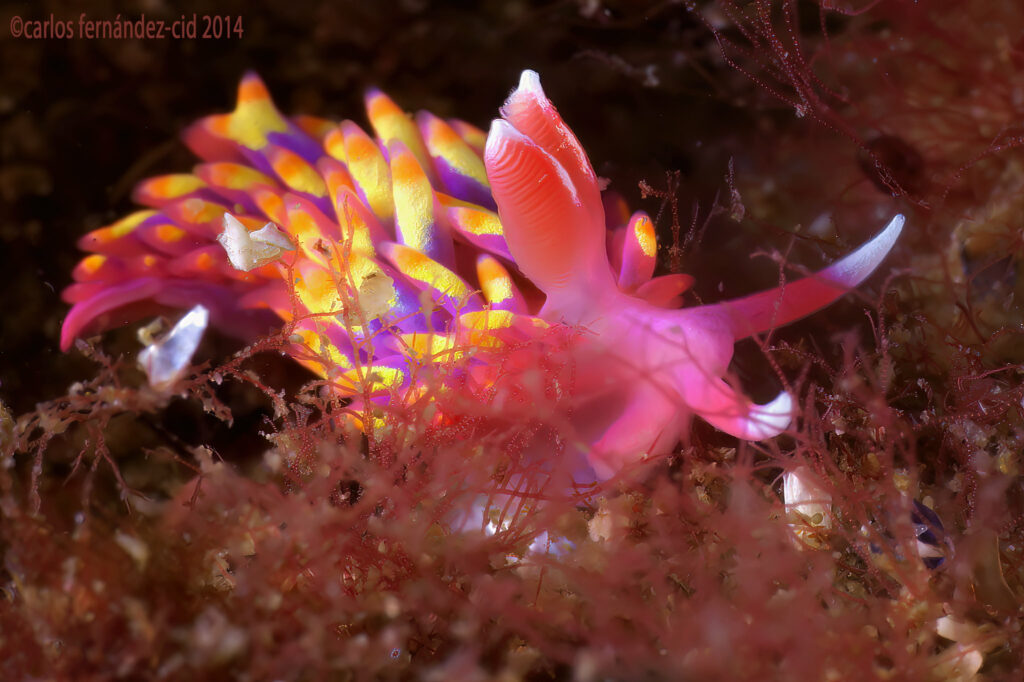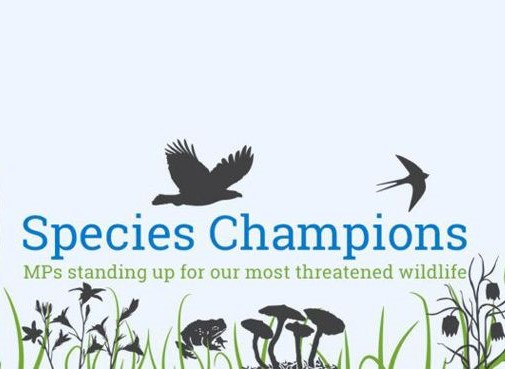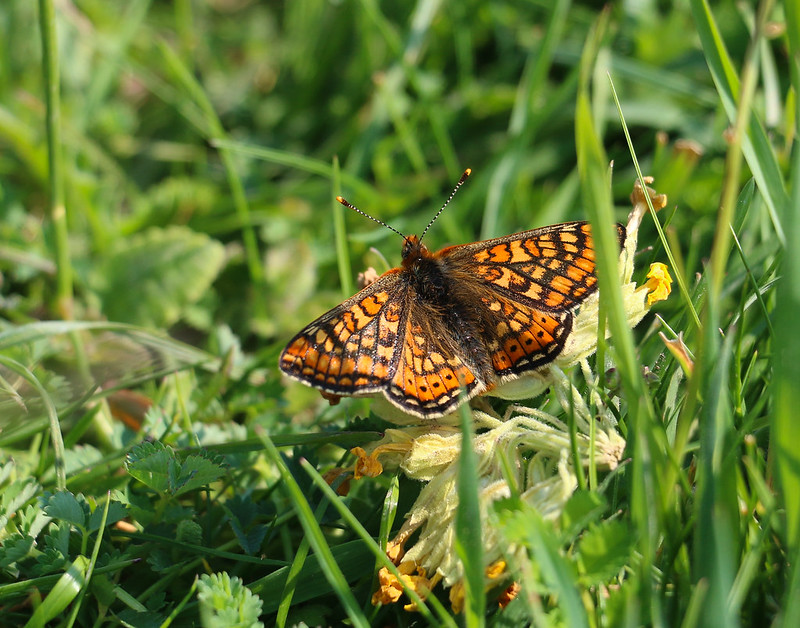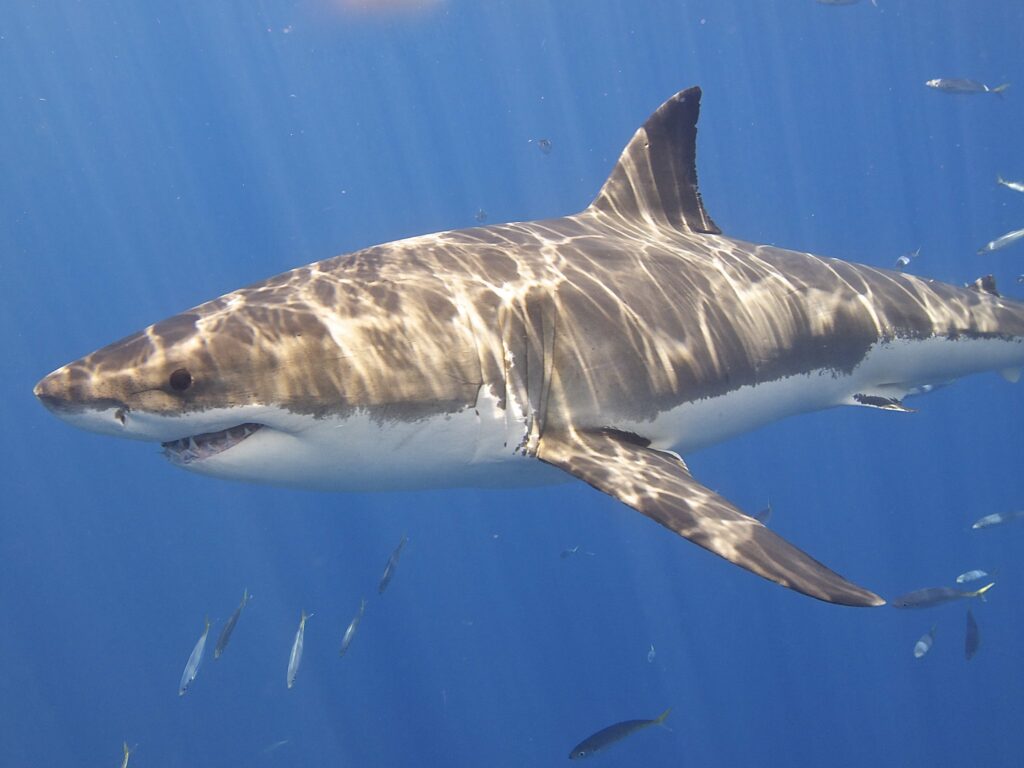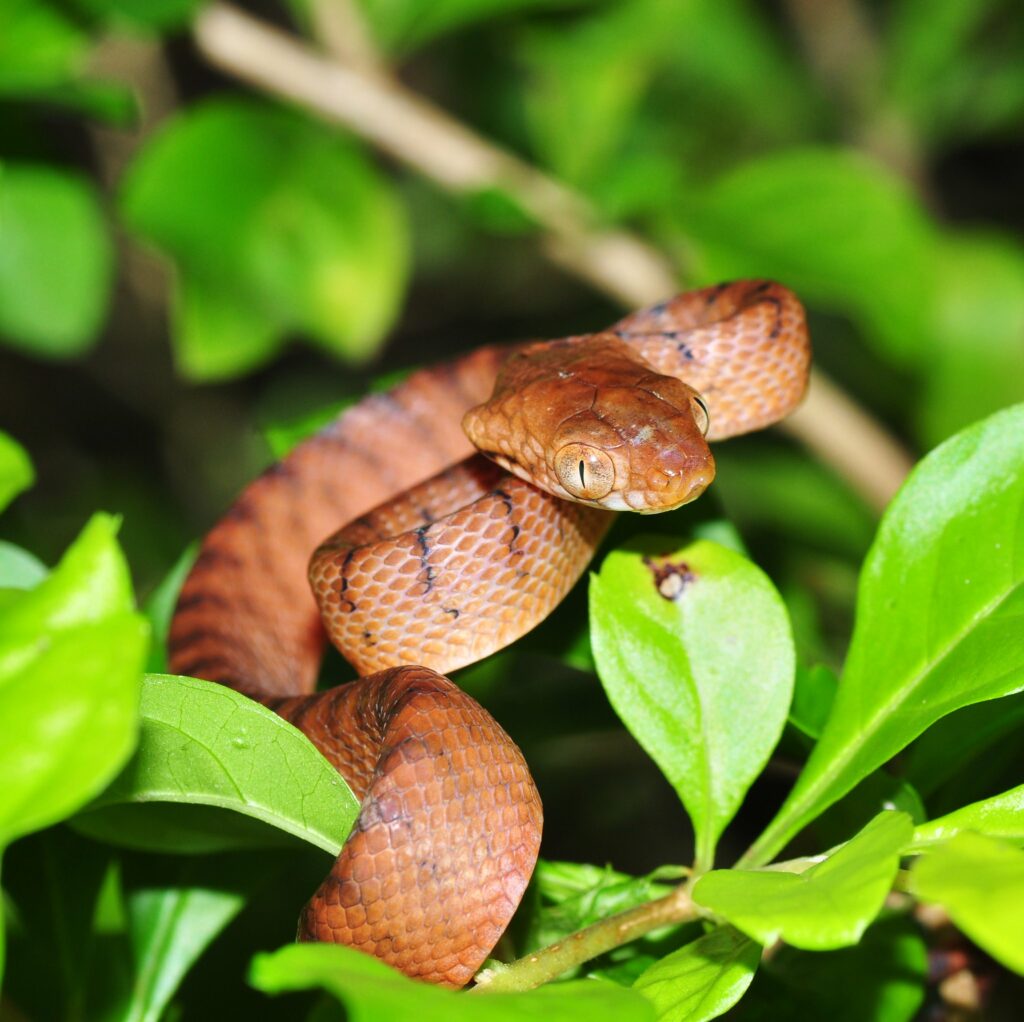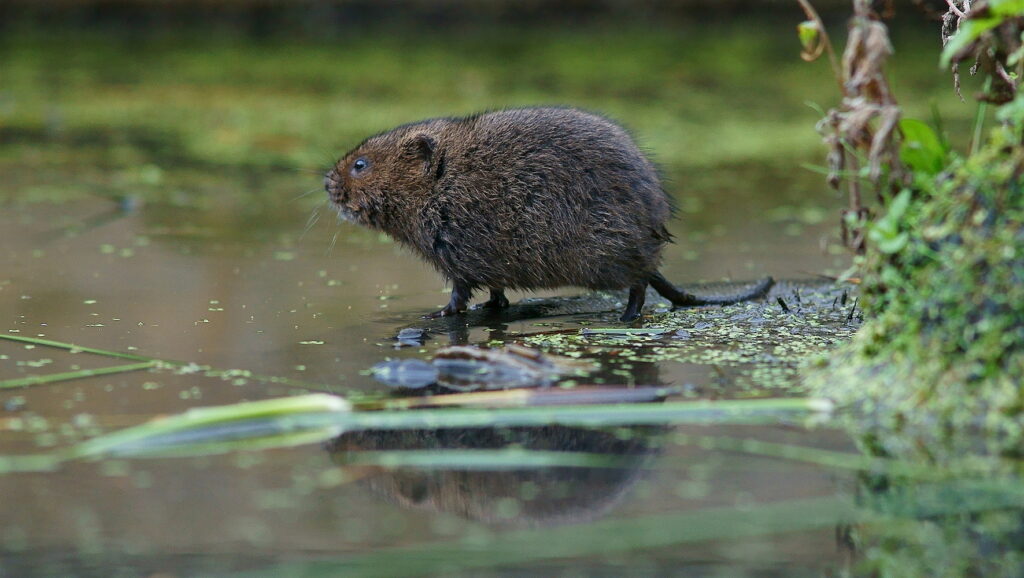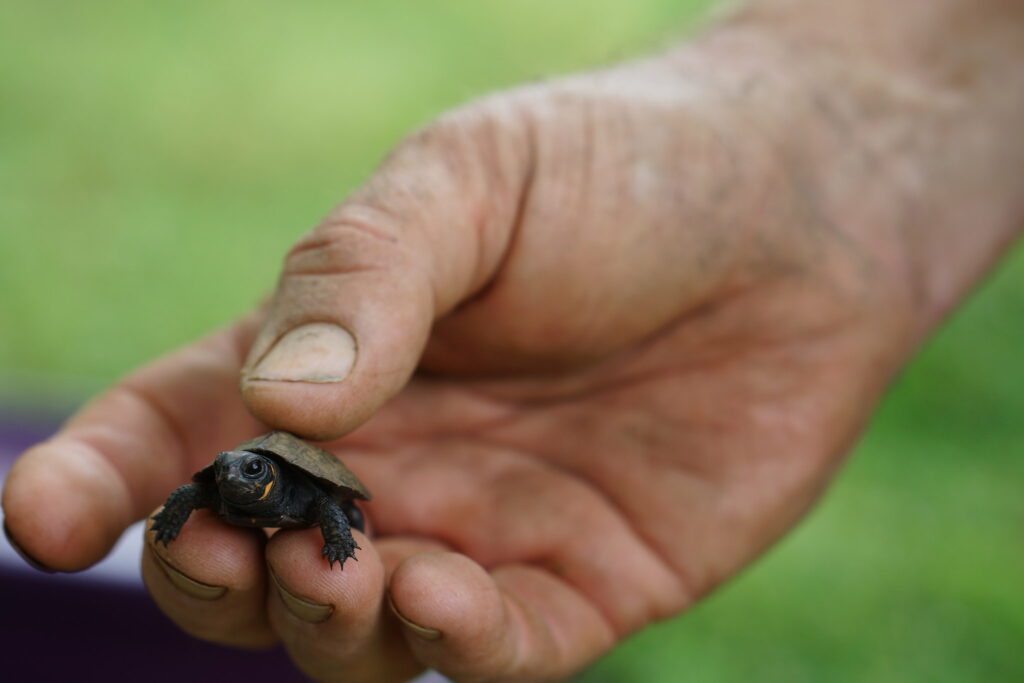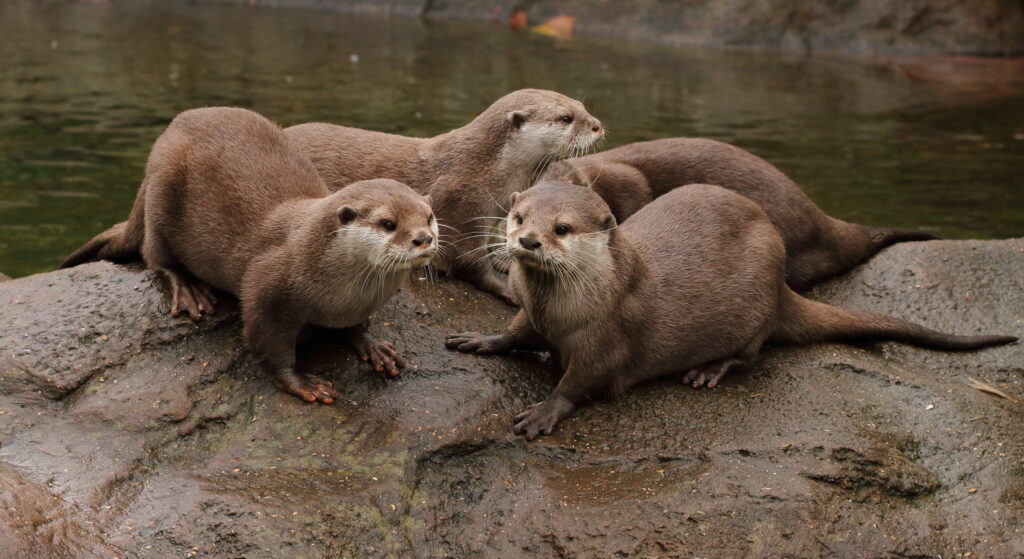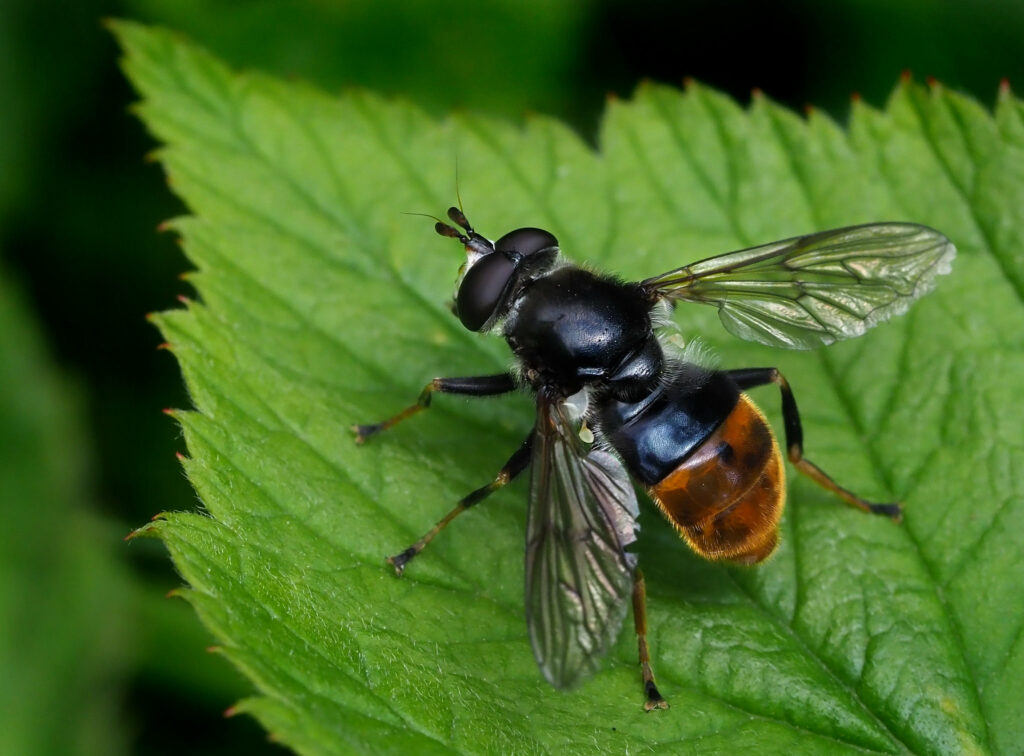Climate Change
Climate change could force primates such as monkeys and lemurs from the trees to the forest floor. A new study from San Diego Zoo Wildlife Alliance suggests that in warmer temperatures, tree-dwelling primates could begin spending more time on the ground searching for shade and water. Spending more time on the forest floor could increase interactions between these species and humans, as well as domestic animals, increasing the chances of conflict, disturbance and disease transmission. This change in behaviour may also have an impact on other species, as the primates’ diets may become more generalised, changing predator/prey relationships and potentially impacting dispersal strategies.
Extinction Risk
More than a third of hoverfly species in Europe are at risk of extinction, according to the International Union for Conservation of Nature (IUCN). This assessment, requested and funded by the European Commission, found that intensive agriculture, harmful pesticides, unsustainable commercial forestry, urban development and climate change have been identified as the main threats to hoverflies. 314 out of 890 hoverfly species in Europe are Vulnerable, Endangered or Critically Endangered.
Almost 70% of animal populations have been wiped out since 1970, according to the biennial Living Planet Report. The leading scientific assessment, run by the World Wildlife Fund (WWF) and Zoological Society of London, shows that the abundance of birds, fish, amphibians and reptiles declined, on average, by more than two thirds between 1970 and 2018. The 89 authors are now urging world leaders to reach an ambitious agreement at the upcoming COP15 biodiversity summit and to cut carbon emissions to limit global heating to below 1.5 degrees within this decade.
Alaska has canceled its fall and winter snow crab harvesting seasons after the population declined across the Bering Sea. The cause of the collapse is currently being researched but it is thought that increased predation, combined with stresses from warming waters, may be to blame. Populations of several species, including the snow crab, have also been shifting away from the coast and northwards for the last four decades, impacting Alaskan fisheries and local communities.
New discoveries
A new fish has been discovered in the Atacama Trench off the west coast of South America. The small blue snailfish was spotted by a team of scientists using free-falling landers to sample deep-sea creatures using cameras and traps with bait. The deep-sea species was seen from about 6,000-7,600m deep and, using DNA barcoding and a 3D x-ray technique called microcomputed tomography, the team was able to determine where the species fit within the snailfish family. They were surprised to learn that this new species appears to be a seperate coloniser of the Atacama Trench, as it belongs in the genus Paraliparis, with other species in this genus rarely being found deeper than 2,000m.
Research
A new study has found that wild bees are active in woodland tree-tops, a habitat now thought to play a more significant role in bee conservation than previously thought. Researchers from the University of East Anglia studied bee communities across 15 woodland sites in a farmed landscape in Norfolk in late spring, examining levels of bee activity in four habitats: the canopy and understory of both woodland interiors and exposed woodland edges. They found a diverse community of wild bees utilising the woodland canopy, particularly near flowering sycamore trees. This has implications for bee conservation policies, as nectar producing trees such as sycamores may represent a significant food source for certain bee species.
Catch and release fishing may be having physiological and behavioural impacts on sharks. The practice, an important component of both ecotourism industries and scientific research worldwide, was the subject of a recent study published in Conservation Physiology. Researchers used ‘biologging’ and blood chemistry to explore the impacts of these interactions on two species: the blue shark (Prionace glauca) and the tiger shark (Galeocerdo cuvier). The research shows that short-term capture lead to a significant and rapid increase in body temperature in both species, lasting for between 10-40 minutes post-release. Further research is now needed into the potential longer term effects on the welfare of sharks that are caught using catch and release methods.
Policy
Experts call for legal rights and protections to be granted to non-human entities such as animals, trees and rivers to help tackle climate breakdown and biodiversity loss. A report entitled Law in the Emerging Bio Age states that legal frameworks may have a key part to play in governing human interactions with the environment and biotechnology.
Pollution
Chicken farms may explain the declining health of the River Wye, according to samples taken by citizen scientists. The Wye Salmon Association, with support from the Countryside Charity CPRE, tested soil samples along public footpaths near a tributary of the River Wye in Herefordshire and found that the highest levels of phosphorus were found in soils close to intensive poultry units. High phosphorus levels in river systems have a number of ecological impacts, including eutrophiciation, where excess nutrients cause increased algal and plant growth, which can reduce oxygen levels in the water. Toxic algal blooms can occur, as well as changes in habitat availability, where increased plant growth has covered previously bare gravel or sediment river beds. Campaigners are now calling for stronger regulations around the spreading of manure to limit phosphorus levels in soil.
A new study has revealed the ‘staggering’ scale of lost fishing gear currently drifting in the oceans. These include 25 million pots and traps, 14 billion hooks, and enough nets that, if tied together, could stretch around the world 18 times. Published in Science Advances, this report by researchers from CSIRO and the University of Tasmania used interviews with 451 commercial fishers from seven different countries to ask about what was being lost. They then matched the date from these interviews with data on global commercial fishing to estimate the total annual losses world wide. Ghost nets, as these lost nets are called, are lethal for many forms of marine life, potentially continuing to trap wildlife for years after they’re lost.
Conservation
A rare woodpecker has been spotted in Dorset, despite thoughts that it had died out locally. The lesser spotted woodpecker, whose population has fallen by 83% since 1970, was spotted at Hollis Mead Organic Dairy Farm in Corscombe. There are only thought to be 12 breeding pairs in Dorset according to the Dorset Wildlife Trust. The farm’s managing director believes that the organic approach his farm is taking, including not using insecticides or pesticides as well as leaving the woodland unmanaged, is beneficial for biodiversity.

